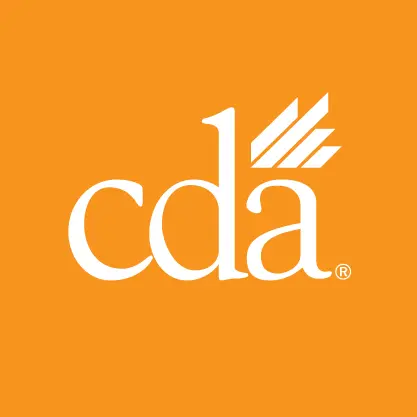California soon may have a new Bachelor of Science in Dental Hygiene education program to address the state’s shortage of registered dental hygienists. California Baptist University, a WSCUC-accredited comprehensive, private university in Southern California, is seeking approval from the Dental Hygiene Board of California to establish a dental hygiene program at its campus in Riverside.
CDA supports the university’s application for a 24-month, four-semester program that would start no later than September 2028 and graduate an estimated 24 students a year.
“The dental hygiene workforce shortage is impacting many dentists across the state and the country,” CDA wrote in a letter read at the dental hygiene board’s March meeting. “The proposal to introduce a new dental hygiene program at California Baptist University aligns with the statewide demand for additional educational programs.” The letter stated that the workforce shortage requires “immediate intervention to ensure Californians can receive timely and adequate oral health care services.”
CBU’s graduates would fill needed positions in Inland Empire
California faces an increasing shortage of dental hygienists due in part to an overall high demand for oral health care services and cost-of-living increases that are impacting wage expectations.
Graduates of CBU’s dental hygiene program, which would be offered by the university’s existing College of Health Sciences, would be prepared to provide oral health education and preventive oral health services in Riverside, Ontario, San Bernardino and the many underserved populations of the Inland Empire region.
Kelly Donovan, RDH, EdD, program director and associate professor of dental hygiene at CBU, said in a statement:
“The California Baptist University Bachelor of Science in Dental Hygiene program directly addresses the critical shortage of skilled dental hygienists in the Inland Empire. Grounded in evidence-based practice and Christian values, our graduates will be equipped with leadership skills and community health expertise to expand access to quality care. Through hands-on training at our community clinic, cutting-edge technology integration, and targeted outreach programs, we will serve populations in need throughout the Inland Empire while meeting growing workforce demands. This program represents our commitment to improving oral health access across our underserved region while developing the next generation of dental hygiene professionals and educators.”
High dentist – RDH ratio expected to increase in 2025
CDA member-dentists continue to report challenges finding applicants for vacant RDH positions. The most recent data show that the boards have roughly 17,800 RDH licenses and 36,200 DDS or DMD licenses in 2025, a difference of over 18,000 or an average of two active dentists for every active dental hygienist in the state.
While not every dental practice hires a hygienist, that ratio is expected to increase when the first dental students graduate from California Northstate University College of Dental Medicine — California’s seventh and newest dental school — this year. Increasing the number of dental hygiene schools in California is just one of CDA’s strategies for increasing the dental hygiene workforce. CDA has also advocated for a change in student-teacher ratios that would produce more dental hygiene graduates.
For example, CDA in 2023 signed a coalition letter with 19 other state dental associations asking the Commission on Dental Accreditation to reevaluate the current 1:5 student-teacher ratio of dental hygiene programs, especially considering the 1:6 ratios of dental assisting and dental therapy programs. Dental schools have no student-teacher ratios.
Increasing California’s dental hygiene student-teacher ratio from 1:5 to 1:6 would mean the programs combined could graduate approximately 1,074 hygienists annually, an increase of 179. That increase would meet roughly 69% of the current yearly unmet need and reduce the need for additional hygiene programs. Despite hearing this data, a CODA subcommittee reviewed the coalition’s letter and determined that changing the ratio standards would not be appropriate.
Additionally, DHBC approved new regulations codifying the 1:5 ratio for DHBC-approved RDH education programs. This means that California hygiene schools will keep their existing 1:5 ratios even if national lobbying efforts result in CODA changing their ratios,
DHBC reviewing California Baptist University’s application
Similar to how CDA is addressing the dental assisting workforce shortage, CDA believes the RDH shortage can only be solved through a multi-pronged approach that includes recruitment, job placement and retention, and new programs like the one proposed by California Baptist University.
Currently, CBU’s proposed program is undergoing a feasibility review by the dental hygiene board. CDA will continue advocating for the program and will keep members informed of any developments through the newsroom and weekly member newsletter.

